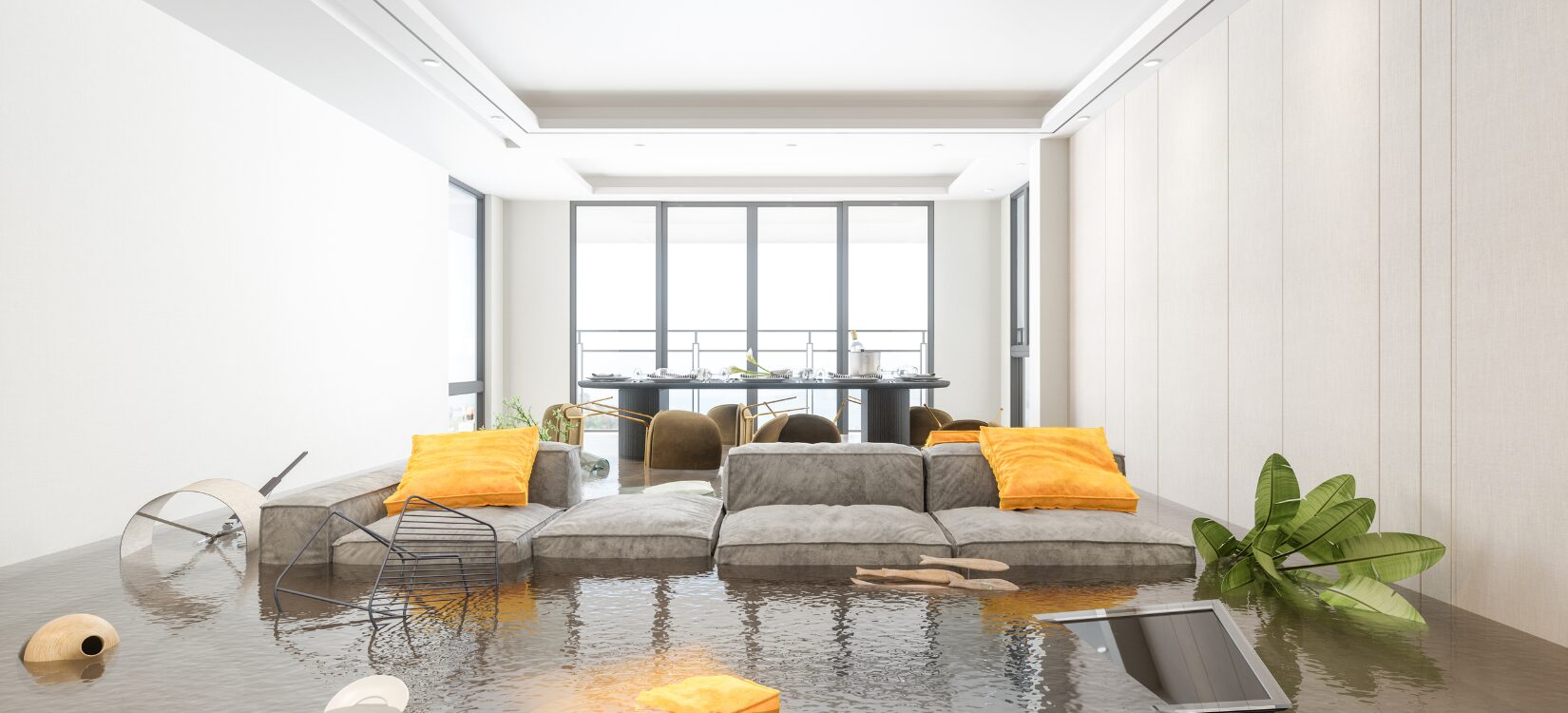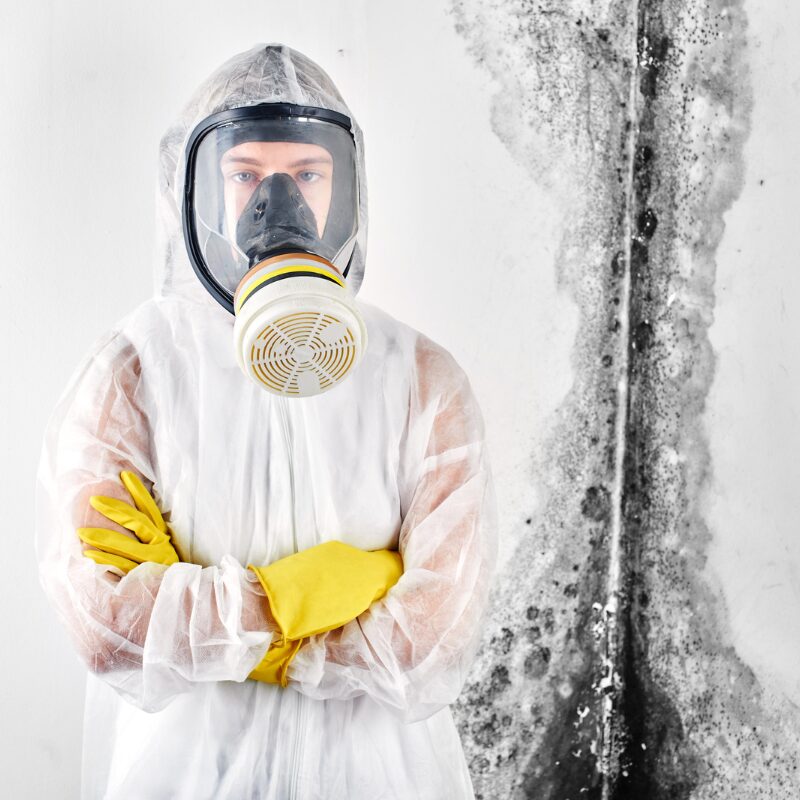
How Water Damage Companies Can Dry A Room Faster
How Water Damage Companies Can Dry A Room Faster
By: Brothers Equipment & Supply
Water damage can wreak havoc on homes and businesses, causing structural damage, ruining personal belongings, and fostering mould growth.
Quick and efficient drying is crucial to minimise the extent of the damage and prevent further issues.
In this article, we’ll explore the techniques water damage companies use to dry rooms faster, ensuring a thorough and effective restoration process.
Let’s get right into it!
Understanding The Water Damage Process
Water damage is classified into categories and classes, which help professionals determine the severity and type of restoration required.
Categories of Water Damage:
Category 1: Clean water from a sanitary source, such as a broken water supply line.
Category 2: Grey water containing contaminants, such as from a washing machine overflow.
Category 3: Black water, highly contaminated and potentially dangerous, such as sewage.
Classes of Water Damage:
Class 1: Least amount of water absorption and evaporation load, affecting only part of a room.
Class 2: Significant amount of water, with fast evaporation load affecting entire rooms and carpets.
Class 3: Greatest amount of water absorption and evaporation, usually from overhead sources.
Class 4: Specialty drying situations, such as wet materials with low porosity like hardwood, plaster, and concrete.
Professional Techniques For Fast Drying
Assessment and Inspection
The first step in the water damage restoration process is a thorough inspection and assessment. Professionals use advanced tools like moisture meters and infrared cameras to detect hidden moisture in walls, floors, and ceilings. This initial assessment helps them create an effective drying plan tailored to the specific situation.
Water Extraction
Removing standing water quickly is crucial to prevent further damage. Water damage companies use high-powered pumps and vacuums to extract large volumes of water efficiently. Submersible pumps and truck-mounted vacuum units are commonly used for this purpose. By swiftly removing standing water, the drying process can begin immediately, reducing the risk of mould growth and structural damage.
Air Movement
Air movers and fans are essential for promoting airflow and accelerating the drying process. Industrial-grade air movers are strategically placed throughout the affected area to ensure optimal airflow. These devices work by creating a continuous flow of air over wet surfaces, which helps evaporate moisture faster. Proper placement and adjustment of air movers are critical to ensure even drying across all surfaces.
Dehumidification
Dehumidifiers play a vital role in removing moisture from the air, preventing secondary damage and mould growth. Commercial dehumidifiers, such as desiccant and refrigerant dehumidifiers, are used depending on the specific drying requirements. Desiccant dehumidifiers use silica gel or similar materials to absorb moisture, while refrigerant dehumidifiers cool the air to condense and remove water vapour. By maintaining low humidity levels, these devices help speed up the drying process.
Temperature Control
Controlling the temperature within the affected area can significantly impact the drying time. Heaters and HVAC systems are used to create a warm environment, which accelerates evaporation. Warm air holds more moisture, facilitating faster drying. However, it’s important to balance the temperature to avoid causing additional damage to sensitive materials.
Specialised Drying Equipment
In addition to standard drying equipment, water damage companies use specialised tools for specific situations. Injectidry systems, for example, are designed to dry walls, ceilings, and floors by injecting dry air into cavities. This method is particularly effective for drying hard-to-reach areas. Similarly, floor drying systems can target moisture trapped beneath floorboards or tiles, ensuring a thorough drying process.
Monitoring and Adjustments
Continuous monitoring of moisture levels is essential to ensure effective drying. Professionals use moisture meters and hygrometers to measure the moisture content in materials and the air. Based on these readings, they adjust the equipment and drying strategy as needed. Regular monitoring helps identify any remaining moisture pockets and ensures that the drying process is progressing as planned.
Benefits Of Hiring A Professional Water Damage Company

Expertise and Experience: Professional water damage companies have the knowledge and experience to handle various types of water damage scenarios. Their expertise ensures that the drying process is thorough and effective.
Access to Advanced Equipment: Water damage companies have access to state-of-the-art equipment, which is crucial for efficient drying. This equipment, combined with their technical know-how, allows for faster and more effective restoration.
Faster Drying Times: Professionals can significantly reduce the drying time compared to DIY methods. Quick drying minimises the risk of secondary damage and mould growth, saving homeowners time and money in the long run.
Assurance of Thorough Drying: Professional services ensure that all moisture is removed, even from hidden areas. This thorough approach prevents future issues such as mould growth and structural damage.
Frequently Asked Questions
How long does it typically take to dry a room after water damage?
- The drying time varies depending on factors such as the extent of the damage, type of materials affected, and humidity levels. On average, it can take anywhere from 24 to 72 hours for a room to dry completely.
Can I dry a water-damaged room myself?
- While it’s possible to attempt drying a room yourself, it’s risky. DIY drying may not remove all moisture, leading to mould growth and further damage. Hiring professionals ensures thorough and effective drying.
What types of equipment do professionals use to dry a room?
- Professionals use a range of equipment, including high-powered pumps, industrial-grade air movers, commercial dehumidifiers, moisture meters, and specialised drying systems like Injectidry.
How do professionals ensure that all moisture is removed?
- Professionals conduct thorough inspections and use advanced tools to detect hidden moisture. Continuous monitoring and adjustments during the drying process ensure that all moisture is effectively removed.
What can I do to speed up the drying process?
- While waiting for professional help, you can open windows and doors to promote ventilation, use fans to circulate air, and remove any standing water if it’s safe to do so. However, professional intervention is crucial for comprehensive drying.
Is it safe to stay in a home during the drying process?
- Generally, it is safe to stay in the home during the drying process, but certain areas may be restricted due to equipment placement and safety concerns. Professionals will provide guidance based on the specific situation.
Conclusion
Quick and efficient drying is essential to mitigate the damage caused by water incidents. Professional water damage companies use advanced techniques and equipment to ensure thorough drying, preventing further issues like mould growth and structural damage.
For homeowners and businesses facing water damage, seeking professional help is the best way to ensure a speedy and effective restoration process. If you’re dealing with water damage, contact a reputable water damage restoration company to safeguard your property and health.
If you have any questions about our article “How Water Damage Companies Can Dry A Room Faster” or need water damage equipment contact us at sales@brothers-equipment.com or chat with us on social media.
